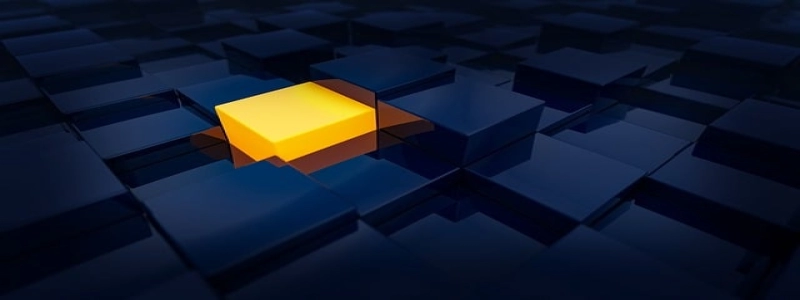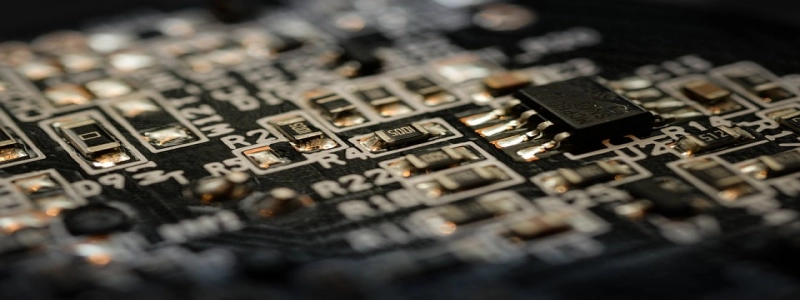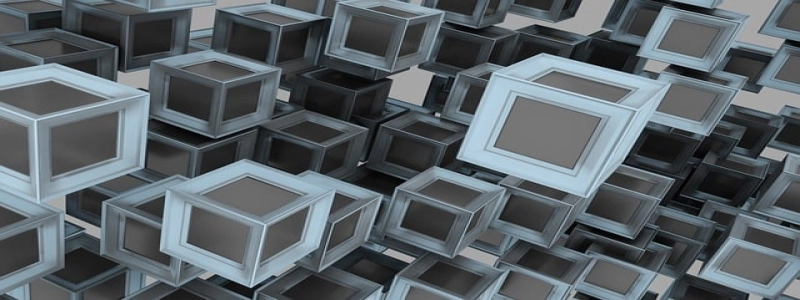Single Mode Fiber vs. Multimode: Understanding the Differences
Introduction:
The world heavily relies on high-speed and reliable internet connectivity for various purposes, such as communication, data transfer, and streaming. Fiber optic technology has revolutionized the telecommunications industry by offering unmatched speed and efficiency. However, there are two main types of fiber optic cables: single mode and multimode. In this article, we will delve into the differences between single mode fiber and multimode fiber and their respective advantages and applications.
I. Single Mode Fiber:
1. Definition:
Single mode fiber, also known as SMF, is a type of fiber optic cable designed to carry a single light ray or mode. It has a narrow core diameter of about 8 to 10 microns, which allows only a single light path to propagate through the cable.
2. Advantages:
a. Longer Distance: Single mode fiber offers significantly longer transmission distances compared to multimode fiber. It can transmit signals over distances up to 100 kilometers without the need for signal regeneration.
b. Higher Bandwidth: Due to the limited number of light paths, single mode fiber provides higher bandwidth capacity, making it ideal for high-demand applications such as long-distance data transmission and intercontinental communication.
c. Greater Signal Integrity: SMF ensures better signal quality and lower dispersion, resulting in minimal signal loss and improved data reliability.
3. Applications:
a. Long-Distance Communication: Single mode fiber is widely used in telecommunications infrastructures, submarine cable systems, and intercontinental connections, enabling seamless communication between distant locations.
b. Data Centers: Many data centers adopt single mode fiber for its high data transmission rates and compatibility with advanced networking protocols.
c. High-Speed Networks: Single mode fiber is the go-to choice for high-speed network connections, including backbone networks, metropolitan area networks, and wide area networks.
II. Multimode Fiber:
1. Definition:
Multimode fiber, or MMF, is a type of fiber optic cable that permits multiple light rays or modes to travel through its larger core diameter, typically ranging from 50 to 62.5 microns.
2. Advantages:
a. Lower Cost: Multimode fiber is generally more cost-effective compared to single mode fiber, making it a popular choice for short-distance applications where high-speed and long transmission distances are not required.
b. Simpler Equipment: MMF utilizes less sophisticated and expensive light sources and connectors, making it suitable for installations with budget constraints.
c. Ease of Installation: Due to its larger core size, multimode fiber is easier to terminate and install, allowing for quicker deployment.
3. Applications:
a. Local Area Networks (LAN): Multimode fiber is commonly used for LAN environments, connecting computers, routers, and switches within a limited area, such as office buildings and campuses.
b. Audio/Video Systems: MMF is utilized in audio/video systems for transmission of high-definition signals over relatively short distances.
c. CCTV and Security Systems: Multimode fiber is also employed in closed-circuit television (CCTV) and security systems for transmitting surveillance footage within a restricted perimeter.
Conclusion:
In summary, single mode fiber and multimode fiber are two distinct types of fiber optic cables with different characteristics. Single mode fiber offers longer transmission distances, higher bandwidth, and superior signal integrity, making it the preferred choice for long-distance communication and high-speed networks. On the other hand, multimode fiber provides a cost-effective solution for short-distance applications and is easy to install due to its larger core size. Understanding the differences between these two types of fibers helps network designers and administrators select the most suitable option based on their specific needs and budget constraints.








